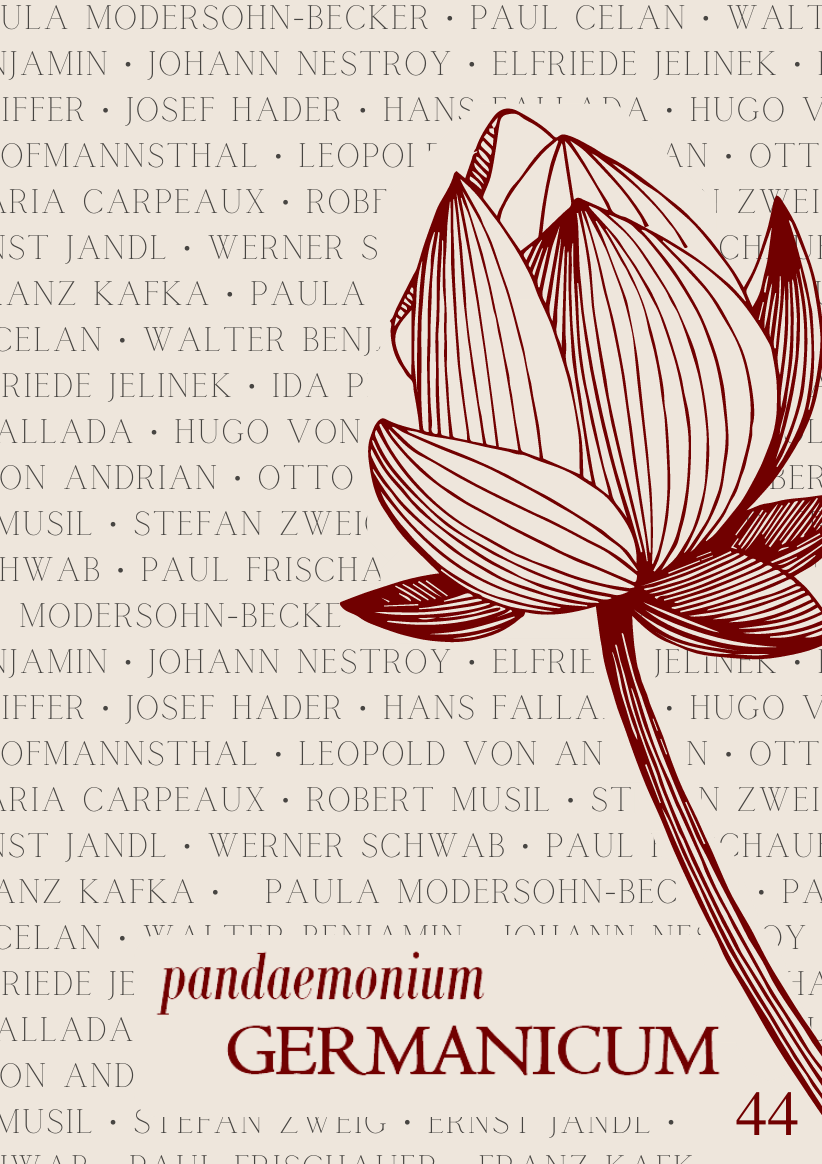Didactic and non-didactic texts in the context of German as an additional language: a linguistic-quantitative analysis for the Zeitgeist project
DOI:
https://doi.org/10.11606/1982-88372444421Keywords:
Frequency of occurrence, Authenticity in the context of textbooks, German as an additional languageAbstract
In this work we analyze the frequency of occurrence of reflexive pronouns extracted from texts of four textbooks of German as an additional language (Blaue Blume, 2011; DaF kompakt neu A2, 2016; Menschen A2, 2013; Studio d A2, 2006), aiming to discuss ways to identify didactic and non-didactic texts. This investigation is justified in the context of designing an empiric basis to help classify texts for a project whose main goal is to develop a didactic material designed to the Brazilian university context. For the proper treatment of the samples, a quantitative and qualitative analysis was performed with the help of the softwares WordSmith Tools (2016) and QuAX-DaF (2019). These tools allow us to assess the frequency of occurrence of our target subject (reflexive pronouns), as well as the degree of authenticity of the samples based in a German corpus (Leipzig Corpora Collection). The results suggest that the knowledge of the frequency of occurrence can be helpful to assist teachers and researchers in choosing texts to be used in specific teaching contexts, regarding the lexical and grammatical progression.
Downloads
References
AQUINO, M. A contribuição da ferramenta de corpus para o ensino das PMs denn, doch, halt e wohl. Diálogo das Letras, v. 8, n. 1, 144-158, 2019.
AQUINO, M. Mudando o ritmo das aulas de alemão como língua adicional por meio de músicas e mídias digitais. Pandaemonium Germanicum, v. 24, n. 42, 22-47, 2021.
ANDRADE E SILVA, M. K. Autenticidade de materiais e ensino de línguas estrangeiras. Pandaemonium Germanicum, v. 20, n. 31, 1-29, 2017.
ARANTES, P. Imagens de aprendizes de ALE em livros didáticos e o disciplinamento dos saberes. Pandaemonium Germanicum, v. 21, n. 34, 1-30, 2018.
BAKHTIN, M. M. Estética da criação verbal. São Paulo: Martins Fontes. 1997.
BOOJJ, G. The grammar of words: an introduction to linguistic morphology. Oxford: Oxford University Press, 2005.
BRAUN, B. DaF kompakt neu A2. Deutsch als Fremdsprache für Erwachsene. Stuttgart: Klett, 2016.
BYBEE, J. Mechanisms of change in grammaticization: the role of frequency. In: BRIAN, D. J.; RICHARD, D. J. (ed.). Handbook of Historical Linguistics. Oxford: Blackwell. 2002.
BYBEE, J. Language, Usage and Cognition. New York: Cambridge University Press, 2010.
CONSELHO DA EUROPA. Quadro Europeu Comum de Referência para as Línguas – Aprendizagem, Ensino, Avaliação. Porto: Edições Asa, 2001. Online: http://www.goethe.de/z/50/commeuro/deindex.htm (05/08/2020)
EICHHEIM, H. Blaue Blume. Deutsch als Fremdsprache. Kursbuch. Portugiesische Ausgabe. Übersetzung Paulo Oliveira, Susana Kampff Lages. São Paulo: Editora Unicamp, 2011.
FUNK, H. Studio d A2. Kurs- und Übungsbuch. Berlin: Cornelsen, 2006.
GLAS-PETERS, S. Menschen A2. Kursbuch. München: Hueber, 2013.
GOLDHAHN, D.; ECKART, T.; QUASTHOFF, U. Building large monolingual dictionaries at the Leipzig Corpora Collection: From 100 to 200 languages. In: Proceedings of the Eight International Conference on Language Resources and Evaluation (LREC’12). Istanbul: European Language Resources Association (ELRA), 2012.
HALLET, W. Umgang mit Texten und Medien. In: HALLET, W.; KÖNIGS, F. G. (ed.). Handbuch Fremdsprachendidaktik. Seelze: Kallmeyer, 2010, 173-177.
JACH, D. QuAX-DaF: Quantitative Analyse von Texten für den Deutsch-als-Fremdsprache-Unterricht. 2019. Online: https://daniel-jach.github.io/quax-daf/documentation/quax-daf-documentation.pdf (05/08/2020)
KRAMSCH, C. Language and Culture. Oxford: Oxford University Press, 1998.
LUCHTENBERG, S. Language Awareness. In: AHRENHOLZ, B.; OOME-WELKE, I. (Org.). Deutsch als Zweitsprache. Baltmannsweiler: Schneider Verlag, 2008, 107-117.
NATION, P; WARING, R. Vocabulary size, text coverage and word lists. In: SCHMITT, N.; MCCARTHY, E. (ed.). Vocabulary: description, acquisition and pedagogy. New York: Cambridge University Press, 1997, 6-19.
NEUNER, G.; HUNFELD, H. Methoden des Fremdsprachlichen Deutschunterrichts: eine Einführung. Langenscheidt: Berlin, 1993.
OLIVEIRA, P.; LADEL L. Zeitgeist: Modelando um projeto editorial com interface digital. Pandaemonium Germanicum, no prelo.
RÖSLER, D. Deutsch als Fremdsprache. Eine Einführung. Stuttgart: J. B. Metzler, 2012.
SCHMIDT, C. Estudo de livros didáticos de língua alemã no ensino superior brasileiro: foco nos aspectos gramáticos. Revista Expectativa, v. 16, n. 1, 36-55, 2017.
SCOTT, M. WordSmith Tools Version 7.0. Oxford: Oxford University Press, 2016.
THURMAIR, M. Alternative Überlegungen zur Didaktik von Modalpartikeln. Deutsch als Fremdsprache, v. 47, n. 1, 3-9, 2010.
TSCHIRNER, E. Der rezeptive Wortschatzbedarf im Deutschen als Fremdsprache. Edição de T. Studer, I. Thonhauser & E. Peyer. In: STUDER, T.; THONHAUSER, I.; PEYER, E. (Hrsg.). Akten der XVI. Internationalen Deutschlehrertagung (IDT). Berlin: Erich Schmidt, 2019, 98-111.
Downloads
Published
Issue
Section
License
Copyright (c) 2021 Pandaemonium Germanicum

This work is licensed under a Creative Commons Attribution-NonCommercial-NoDerivatives 4.0 International License.



